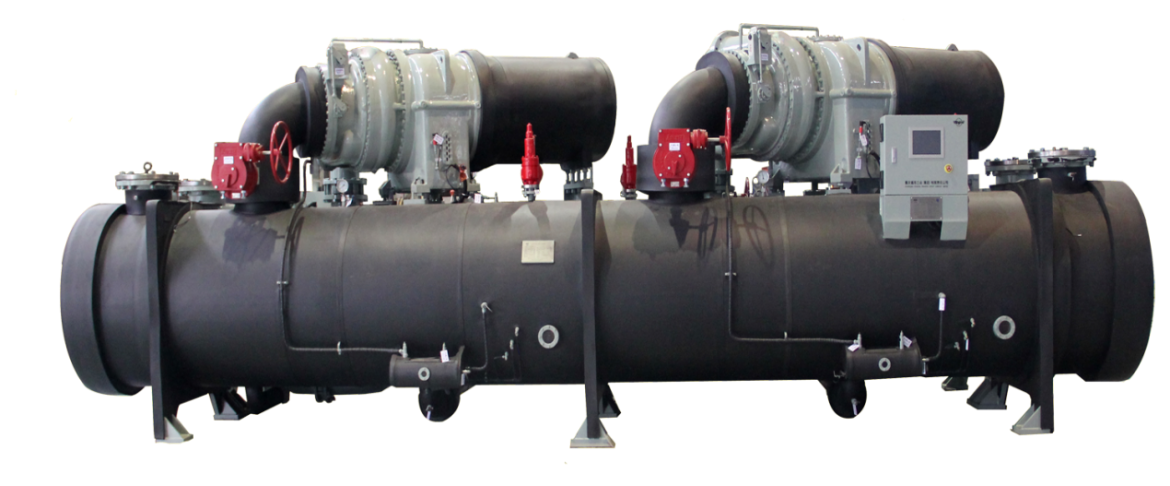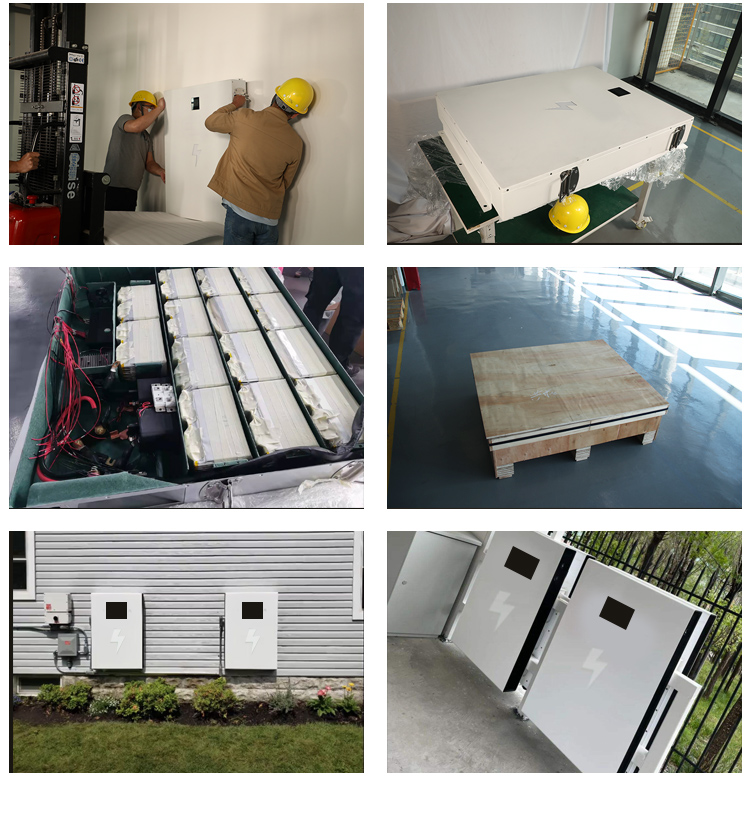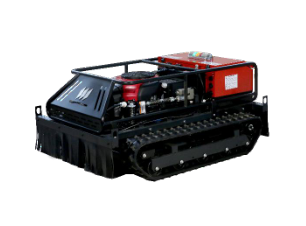Wedoany.com Report-Jan 9, The cornerstone of Estonia's economy is a reliable, clean, and affordable electricity supply, something which requires wise investment decisions from the state, Sandor Liive, former Eesti Energia CEO, said Wednesday.Liive is also one of the co-founders of Fermi Energia, which aims to build Estonia's first small nuclear reactor power station.
Speaking to ETV show "Esimene stuudio" Wednesday, Liive said: "If we look at the Estonian economy and investments, the cornerstone is that the electricity supply must be reliable, clean, and affordable. This requires wise investment decisions."
"We need to grasp that we must not undervalue any production capacity, such as oil shale. We need to maintain capacities and people and repair broken units," he went on.
"The first principle is that existing capacities must be operational, and they must have fuel available," Liive added, calling a nuclear power plant the "most fundamental solution" in resolving this, as opposed to building any new oil shale-burning plants.
Liive added: "I'm not someone who would say we need to build new oil shale power plants; that time has passed," adding that the government has sent positive messages about nuclear power several times.
"Even the prime minister did so in a government press release at the beginning of this year," he said.
"I hope we can surprise the climate minister by completing Estonia's nuclear power plant by 2035, and we look forward to her cooperation on this," Liive went on.
Liive recalled that in 2008, Eesti Energia's board had a production portfolio plan for 2025, which included both a nuclear power plant and wind farms, saying, "This shows that our problem isn't that we can't make plans in Estonia. A joint nuclear power plant with Lithuania should have been completed by now.
"Our problem in Estonia and the Baltics is that we don't know how to implement plans," Liive added.
"Europe's statistics show that in places with a large share of wind and solar energy, network costs for consumers are higher than elsewhere," he continued.
Liive said the price of natural gas, another fuel source in generating electricity, remains highly volatile and, while gas plants are needed for quick reserves and peak coverage, the future energy system must rely on CO2-free solutions: Which again logically leads us to nuclear power, he said.
If he were an oil and gas producer, Liive said, in somewhat Machiavellian terms, he would promote massive solar and wind farm construction to sell gas.
"That would bring me a lot of profit," he said.
Liive: Overemphasis on renewables will continue to keep electricity prices in Estonia higher than in Nordic nations
While he is not opposed to renewable solar and wind energies, there must be a reasonable limit in pouring massive taxpayer money into this, he added; to do so would lead to overproduction, and with 625 MW out of service due to the Estlink 2 failure, all three Baltic states now face more hours of electricity production coming from costlier sources.
This continues to make electricity more costly than it is in the Scandinavian countries, Liive said.
Liive referred to the Christmastime sabotage of Estlink 2 as a battle on the Baltic Sea. "Maybe it's even a war," he added.
"The Baltic Sea has become a NATO lake, and Russia is trying to undermine that stronghold," Liive continued. Estonia's plan to disconnect from the Russian electricity system, which becomes a reality next month, was the right thing to do, he added, although it changes the functioning of the entire system, as the first electricity during a malfunction used to come from Russia but will no longer do so once desynchronization is achieved.
It is hard to say when Russia might start attacking power lines beyond that, Liive went on.
The rest of the "Esimene stuudio" interview dealt with Estonia's electricity system, including the Lithuania-Poland air cable acting as a reserve, more on the impact of the Estlink 2 malfunction, Estonia's stronger grid compared with the situation in 2004 when it joined the EU and NATO, the correlation between spikes in electricity demand and cold temperatures, and the potential for price highs despite a possibly moderate average price this past year.
Desynchronization from the Russian grid takes place on February 9, followed by synchronization with the continental European grid.
















